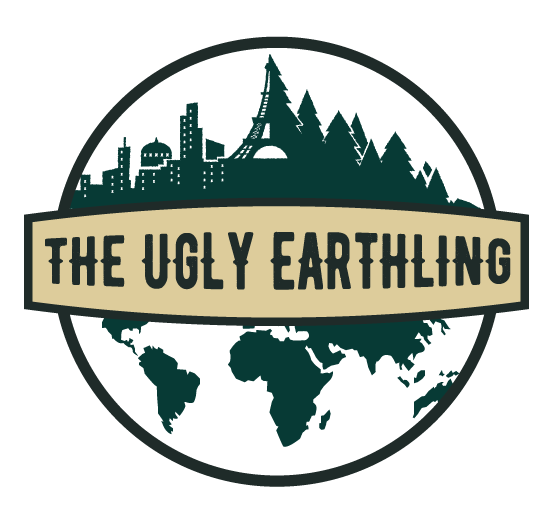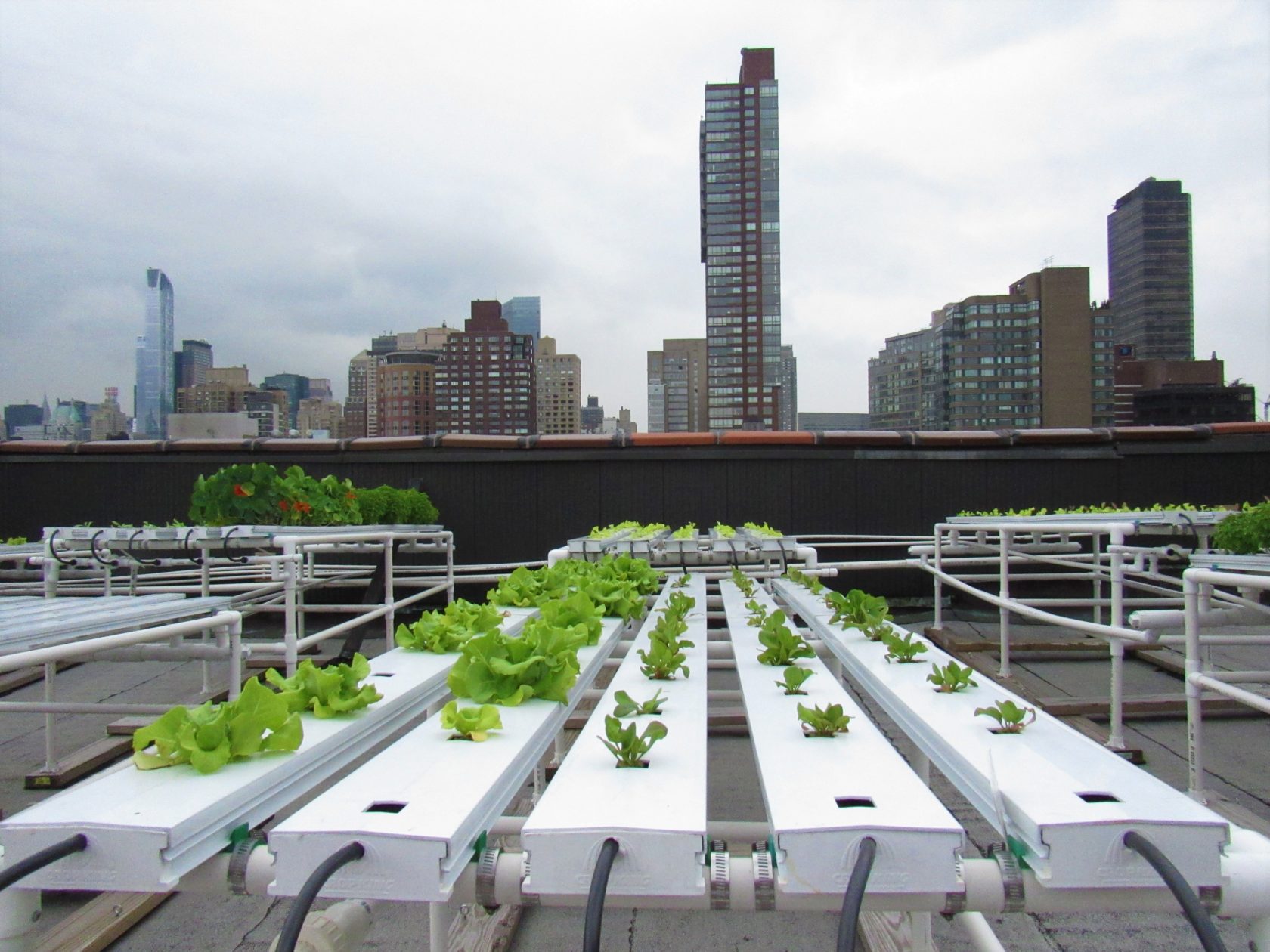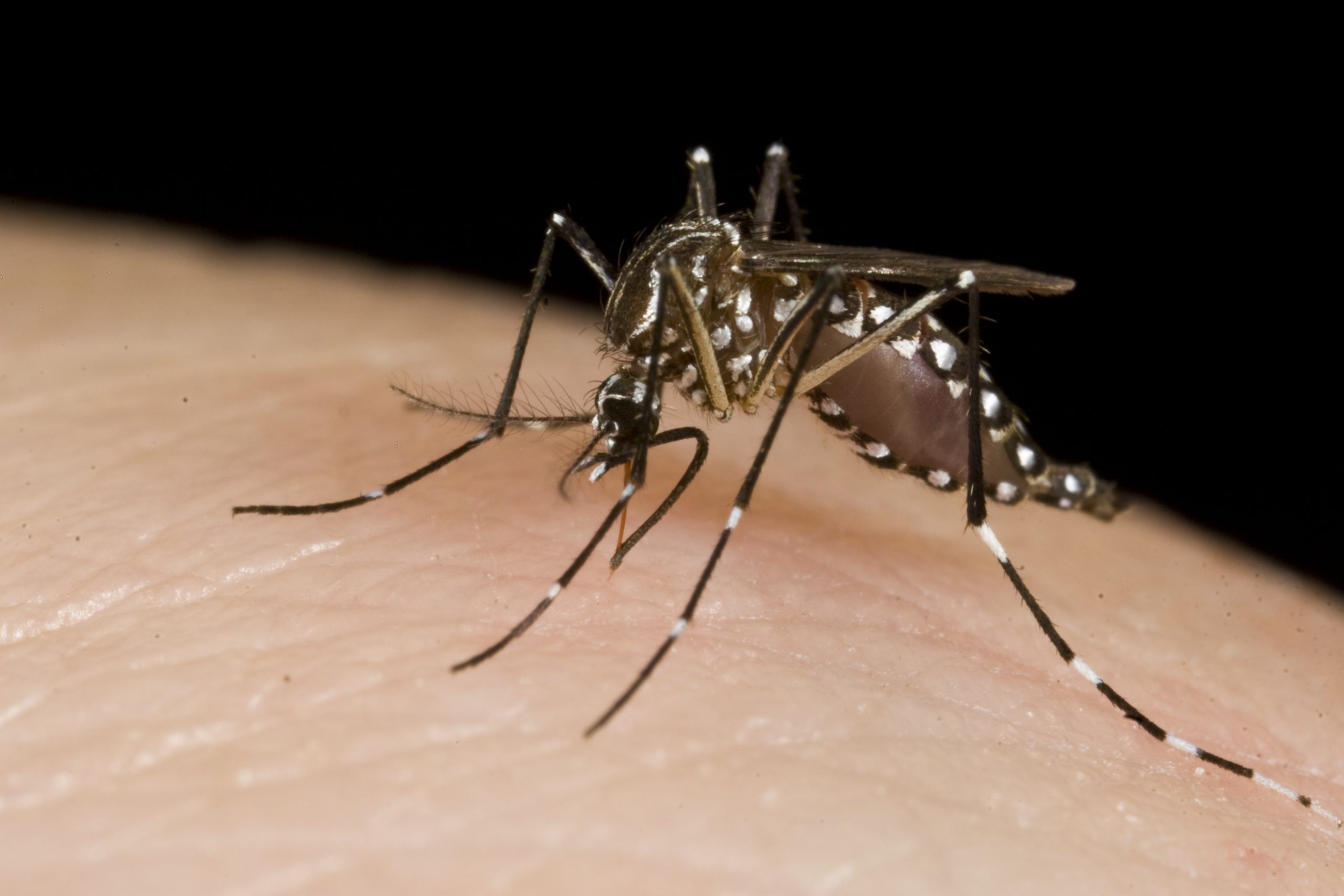
You can’t flush your toilet, but Nestle can bottle a biillon bottles of water from a natural spring
For years now, California has been on the forefront of the environmental movement. The Golden State has become the green state, implementing progressive social policies, climate-conscious building technologies, leading the country in clean energy and clean transportation, protesting for right-to-know food labeling laws, and legalizing –and capitalizing massively on — medicinal marijuana.
It seems a bit surprising, then, that in the middle of a massive four-year drought, this state would be so irresponsible with water. The problem is serious, but it’s certainly not simple.
Water Business
California’s bizarre lack of groundwater-drilling laws means that any private water company like Nestlé and Coca-Cola can come in, drill, and use water. Drought or not, Aquafina, Dasani, Crystal Geyser, and Arrowhead water are all bottled from California water sources, both tap and spring.
Nestlé has partnered with the Morongo Band of Cahuila Mission Indians for permission to pump an estimated 200 or 250 million gallons of water a year from an underground spring, producing over 1 billion bottles of water per year. There are a dozen such Nestlé operations throughout California.
A petition exists to demand that Nestlé stop bottling and selling drought-stricken California water.
Agrobusiness
80% of California’s water goes towards agriculture. Unfortunately, the worst of California’s water shortage is concentrated right in the middle of farm country, so farmers have been frantically drilling wells and pumping up groundwater for their crops. But much of what they’re growing is amazingly wasteful.
California does produce nearly half of the nation’s produce, and its top crops include milk, almonds, grapes, cows, and walnuts. Many of these are extremely water intensive, and almonds especially have been demonized—perhaps for good reason. Almonds use about 10% of California’s total water supply every year—enough water in a year to supply every household and business in Los Angeles with water for three years, about one gallon per almond. This would be almost forgivable (walnuts and broccoli are worse, at nearly 5 gallons per nut or head) if they were being consumed by Americans. But almost 70% of these almonds are exported.
The livestock industry has been largely overlooked by critics, but it is the thirstiest industry of them all. Alfalfa hay uses up to 15% of California’s total water supply, and people don’t even eat it. 70% of the crop is used to feed livestock. Of all meat products, beef is the most water intensive, requiring 145,000 gallons of water per ton, versus an average of 11,300 gallons per ton of vegetables. Dairy is not much better, requiring 122,800 gallons per ton.
Global Agriculture Economy
The water conservation laws are meant to target long showers and lush, manicured front lawns. Agriculture is, in theory, something quite different. Food production is good because it is necessary. But produce like alfalfa and almonds are cash crops more than they are sustenance, and the prudence of their production is questionable at best. The extent of environmental destruction by the meat industry has been well-known for quite some time; perhaps now it will become more tangible.
Small-time farmers are not the problem, though our blind food system that encourages them to grow tropical, water-heavy crops like rice, avocados, and almonds in dry regions absolutely is. Agriculture in this country has become excessively corporatized, and individuals are getting scrapped out of the equation. Ordinary citizens are asked to stop flushing their toilets, while Big Ag and corporate giants like Nestlé slip through legislative cracks.
We have become spoiled in our expectations and have lost regard for season and region in produce. We have grown used to the immediate accessibility of global commodities. Now we are seeing how regional commodities in a global economy can affect the whole world.



